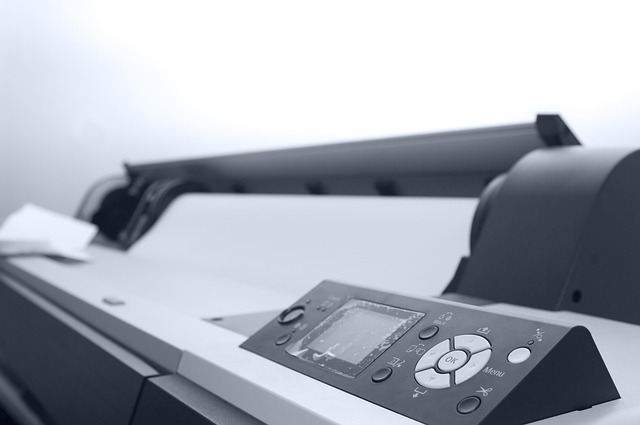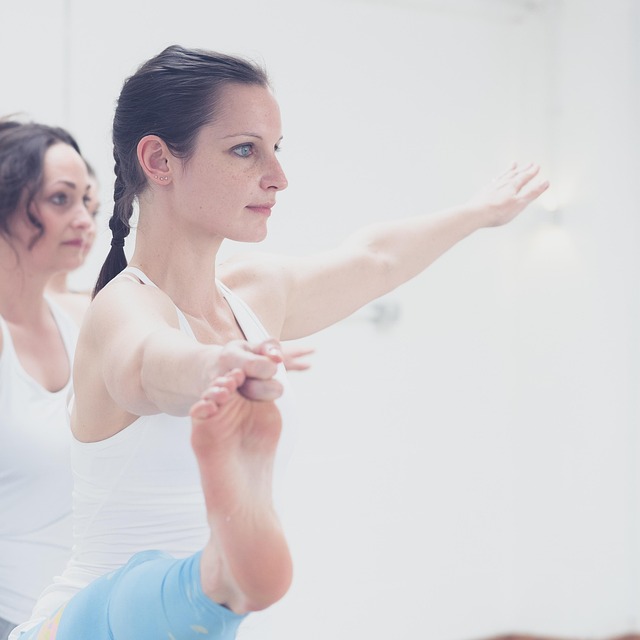Exploring the Art of Photography with Large-Format Cameras: Mastering Optics and Exposure
Photography is more than just a medium for capturing moments; it’s an emotional journey that allows us to communicate our visions and feelings through visual storytelling. Among the various types of cameras, the large-format camera stands out as a unique tool that demands a deeper connection between the photographer and their craft. With its capacity to produce breathtaking images rich in detail and depth, mastering a large-format camera can transform the way you perceive and create photographs.
When working with a large-format camera, every aspect of the process becomes crucial—from lens selection to exposure settings. This type of camera typically uses film sizes of 4×5 inches or larger, offering incredible image quality and tonal range. However, it also requires meticulous attention to optical principles. The lenses employed in large-format photography often have movements that allow for tilt, shift, and swing. This versatility enables photographers to manipulate perspective and achieve sharpness across the entire frame. The beauty of capturing an expansive landscape or intricate architectural detail with a large-format camera lies in its capability to elevate ordinary scenes into extraordinary masterpieces.
Exposure becomes an integral part of this artistic process. Traditional large-format photography requires a slower, more intentional approach to capturing an image. The act of setting the exposure demands a thoughtful analysis of light, shadow, and composition. With a large-format camera, each exposure is akin to a painting, where each brush stroke represents a decision made by the photographer. This deliberate pace instills a sense of mindfulness, allowing the photographer to truly engage with the environment and thus create photographs that resonate on a deeper emotional level.
But it’s not just about the technical aspects—it’s also about the experiences that come with mastering this art. Imagine standing in a picturesque landscape, with the sun setting behind distant mountains. The serene moment calls for an excellent photograph, yet the setup of a large-format camera requires you to slow down, breathe, and appreciate the scene as you meticulously adjust your optics. This extended interaction with the environment often leads to a connection that is felt not only in the act of capturing but also in the final image itself.
Additionally, working with large-format cameras can lead to unexpected surprises. The thickness of the film and the distinctive characteristics of each lens can yield unique textures, colors, and contrasts. Each photograph becomes a testament to the photographer’s skill and the intrinsic qualities of their chosen equipment. When you take the time to understand your large-format camera, you uncover limitless possibilities in optical manipulation and exposure choices.
For those keen on diving deeper into the art of photography, the large-format camera serves as an essential instrument that bridges the gap between technical mastery and creative expression. Engaging with a large-format camera engages you in a rich dialogue between optics and exposure, both of which play a crucial role in the creation of stunning images. Therefore, whether you’re an aspiring photographer or a seasoned professional, the journey through large-format photography encourages you to explore your unique perspective while mastering the intricacies of your craft.
As you embark on this exciting photographic adventure, remember that the essence of photography lies in capturing emotions and stories as they unfold. The large-format camera, with its ability to render incredible detail and depth, becomes the canvas upon which your imagination takes flight. Embrace the challenge, enjoy the process, and let your photographs reflect the passion and artistry that resides within you.



